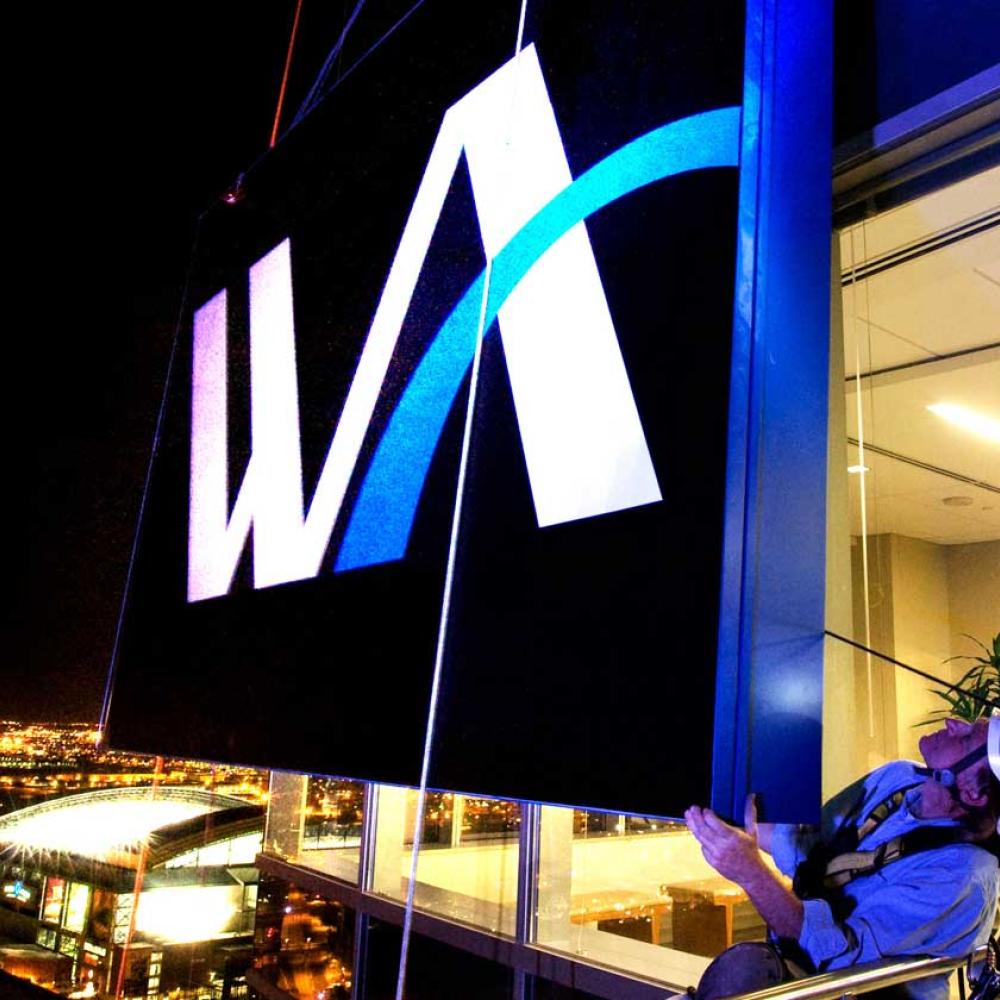As LIBOR Exits, Opt to Choose One of Three Rate Options

Western Alliance
A year ago, we reviewed the landscape of the coming move away from LIBOR as the reference rate for floating loans and other financial contracts. Now, the change is upon us: LIBOR will no longer be part of any new U.S. loans after Dec. 31, 2021, and will go away completely by mid-2023.
This move promises stronger, more reliable rate structures, which is good news for everyone. At Western Alliance Bank, we’ve been steadily moving toward an alternative rate structure for several years, since we created a transition committee to prepare for the cessation of LIBOR. All of our existing loans include rate transition language, and we have been encouraging our teams and clients to discontinue the use of LIBOR since the middle part of this year.
Over the past year, the industry’s view has broadened beyond one “heir apparent” to LIBOR — SOFR, or Term Secured Overnight Finance Rate — to include several additional rate options.
Today, we are using these non-LIBOR rates as needed in new loan commitments. Western Alliance Bank is working to transition clients’ LIBOR-based rate to an alternative basis by June 30, 2023. This transition will align with fallback language in existing loan agreements. The goal, of course, is a replacement rate that closely mirrors those within current agreements.
However, if they choose, we invite clients to voluntarily convert the LIBOR rate in their loan agreements now to one of the three approved reference rate alternatives to LIBOR:
- American Interbank Offered Rate (Ameribor): Ameribor is a proprietary, forward-looking benchmark that is representative of funding costs for all U.S. banks produced from the American Financial Exchange (AFX). The AFX is a centralized, electronic, self-regulated, fully transparent platform launched in 2015 to directly reflect true unsecured funding costs for a nationally broad base of U.S. banks and financial institutions in the private sector.
- Bloomberg Short-Term Bank Yield Index (BSBY): BSBY, published by Bloomberg, is a proprietary index calculated daily. The index has been developed to address the needs of the market by providing a series of credit-sensitive reference rates that incorporate bank credit spreads and define a forward term structure. BSBY seeks to measure the average yields at which investors are willing to invest USD funds on a senior unsecured basis in a roster of large institutional banks. Based on consolidated anonymized deposit, commercial paper and certificate deposit transactional data, the index uses an advanced quantitative curve-fitting methodology to calculate overnight, one-month, three-month, six-month and 12-month yields.
- Term Secured Overnight Finance Rate (SOFR): A group convened by the Federal Reserve established SOFR in 2017 as a LIBOR replacement. Instead of being based on large bank rate surveys, as is LIBOR, SOFR rates represent $1 trillion worth of daily transactions collateralized by U.S. Treasuries. These factors make the rate transparent and protect it from manipulation. Past iterations of SOFR lacked a forward-looking option, which gives borrowers insight into their rate a month or more into the future. Term SOFR provides a forward-looking SOFR term rate based on market expectations. The methodology for determining Term SOFR rates uses a combination of SOFR overnight indexed swaps and one-month and three-month SOFR futures contracts.
Because SOFR is a fairly riskless rate, an additional credit spread is added to SOFR to make it comparable to LIBOR rates today. Conversion to the Ameribor or BSBY alternatives will not require a spread adjustment increase to approximate the LIBOR reference rate.
As always, we’re ready to work through these options with our clients. Please feel free to contact your relationship manager if you have questions about the transition from LIBOR to an alternate interest rate benchmark, or to discuss your preferred reference rate alternative.

Western Alliance Bank
Western Alliance Bancorporation (NYSE:WAL) is one of the country’s top-performing banking companies. Its primary subsidiary, Western Alliance Bank, Member FDIC, is a leading national bank for business that puts customers first, delivering tailored business banking solutions and consumer products backed by outstanding, personalized service and specific expertise in more than 30 industries and sectors. With $90 billion in assets and offices nationwide, Western Alliance has ranked as a top U.S. bank by American Banker and Bank Director since 2016. In 2025, Western Alliance Bancorporation was #2 for Best CEO, Best CFO and Best Company Board of Directors on Extel’s All-America Executive Team Midcap Banks list.
